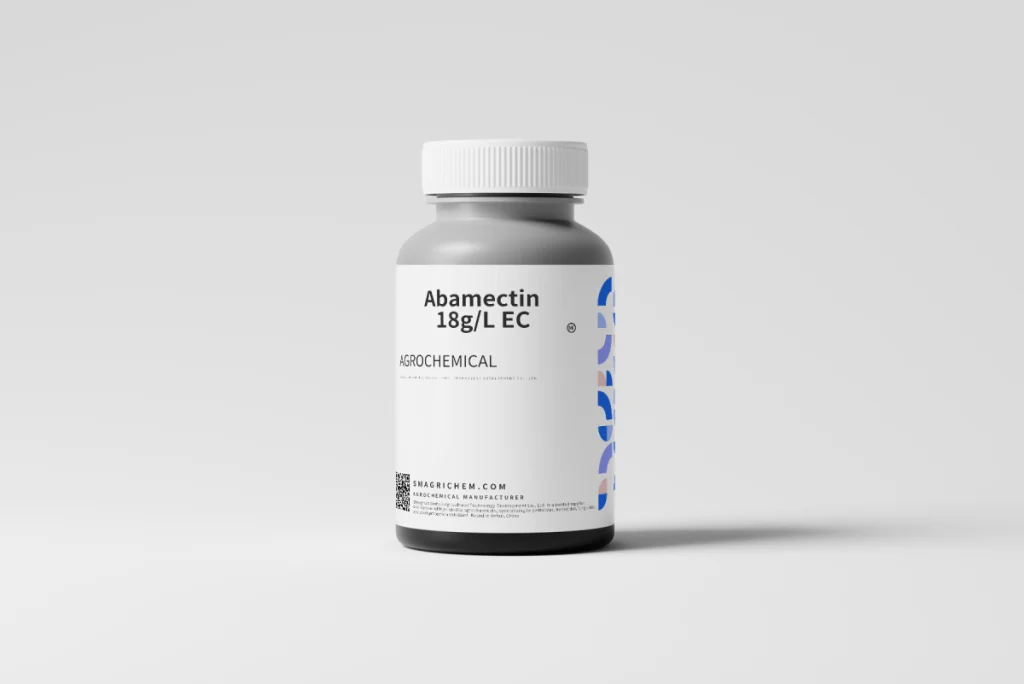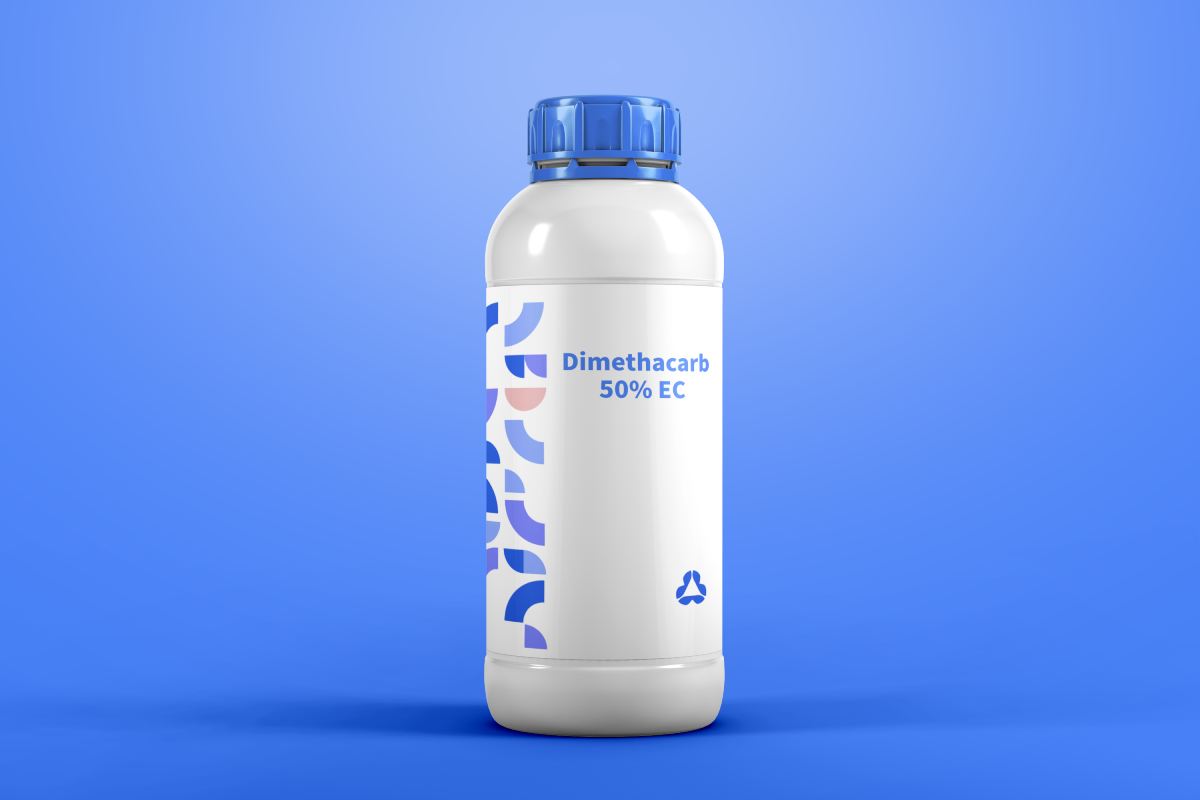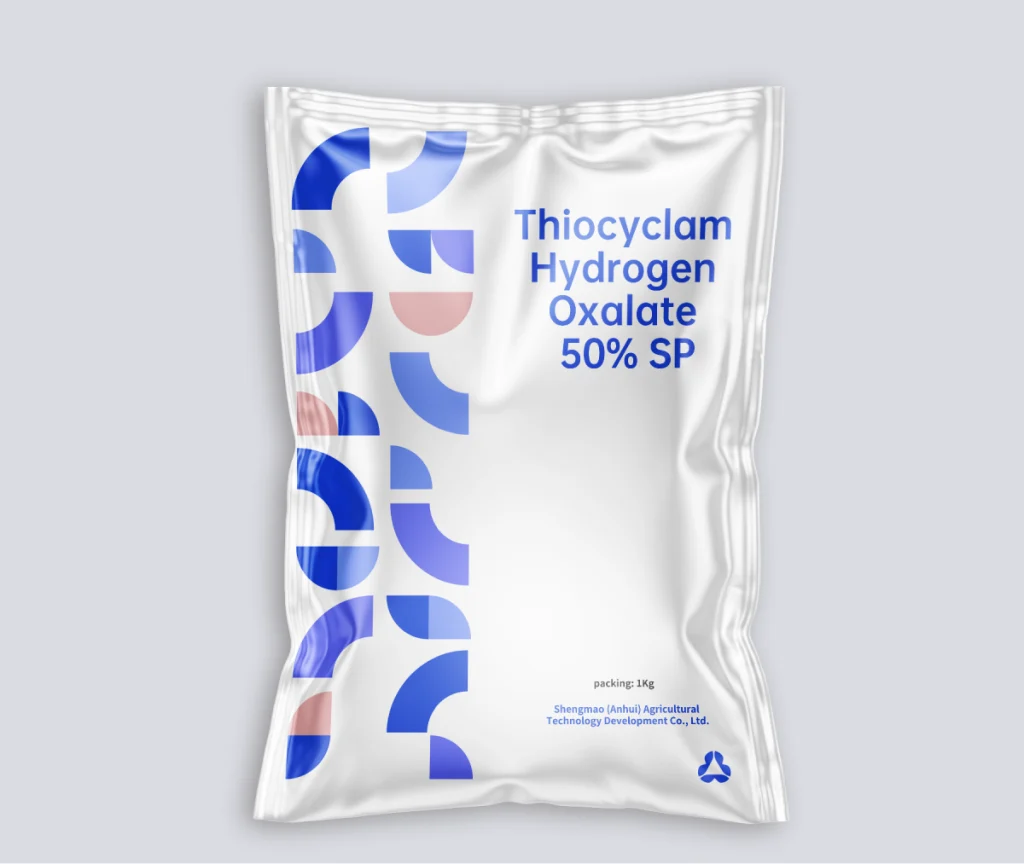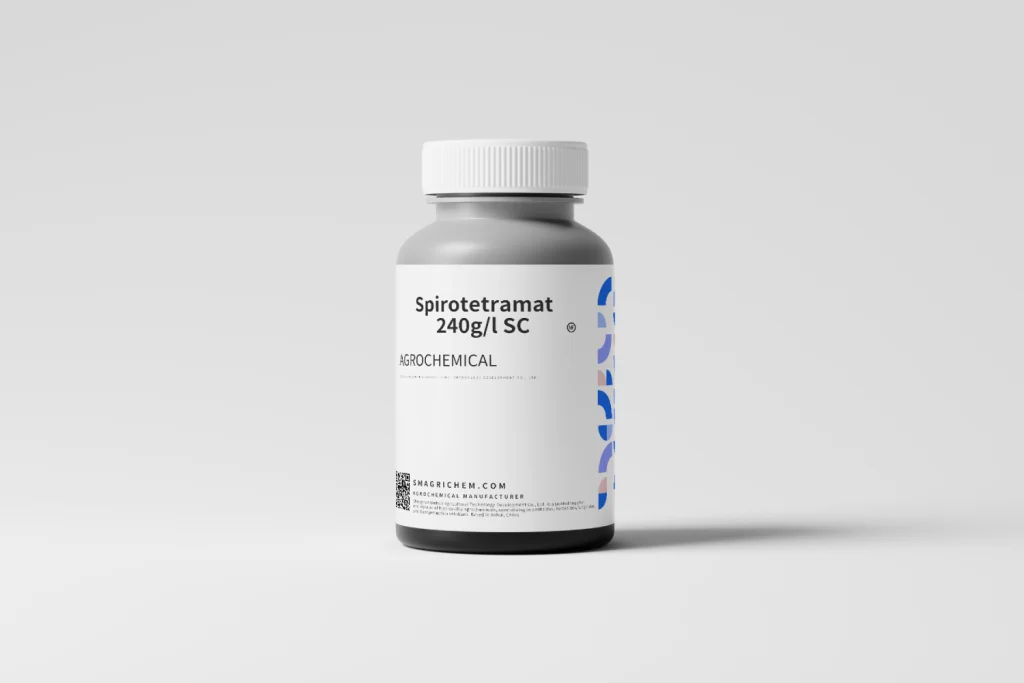Dimethacarb 50% EC is a high-performance carbamate insecticide formulated as an emulsifiable concentrate, designed for rapid and effective control of a broad spectrum of agricultural and horticultural pests. With its 50% active ingredient (AI) concentration, this product delivers fast knockdown and reliable residual activity, making it a preferred choice for farmers dealing with resistant pest populations.

Abamectin 18g/L EC Insecticide | Avermectin-Based Pest Control
Active Ingredient: Abamectin (derived from Streptomyces avermitilis fermentation) CAS Number: 71751-41-2 Molecular Formula: C₄₈H₇₂O₁₄ Classification: Broad-spectrum insecticide, miticide, and nematicide Primary Use: Controls mites, aphids, thrips, whiteflies,



